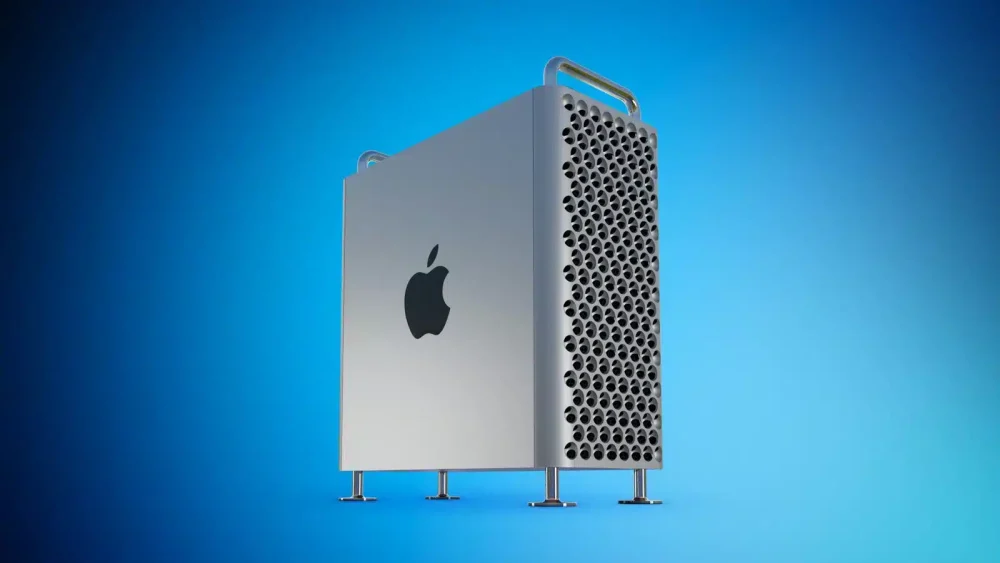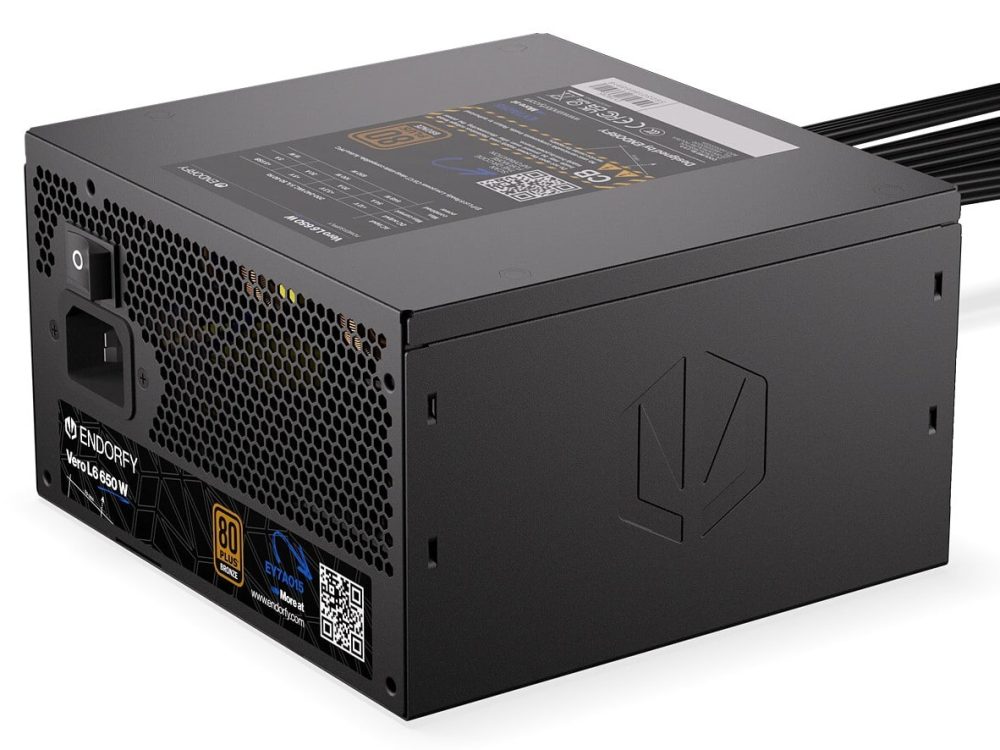Apple appears to be closing the chapter on one of its most iconic products. According to reliable reports, the Mac Pro project is effectively “frozen”, with no new version planned in the near future.
For decades, the Mac Pro has been the symbol of raw performance and modularity for professionals in video, 3D, music, and scientific workflows. But Apple’s strategic priorities are shifting, and the writing is now on the wall.
From The M2 Ultra
The last Mac Pro arrived in 2023, powered by the M2 Ultra. It was a landmark machine:
The first Mac Pro to bring together:
- The expandability of the classic tower (PCIe slots, internal upgrades)
- With the Apple Silicon era of highly integrated, power-efficient chips
On paper, the next logical step was an M4 Ultra–based Mac Pro. In practice, Apple is reported to have cancelled development of the M4 Ultra, sending a clear signal that the traditional halo desktop is no longer an internal priority.
The reason is simple and brutal:
- The number of professionals who genuinely need a fully modular, PCIe-heavy, multi-GPU-capable tower is small
- Apple Silicon’s architecture doesn’t play nicely with the old “plug in whatever GPU you want” philosophy
- The R&D cost to design a new generation of Mac Pro for a niche audience is more complicated and more challenging to justify
In the Intel era, modularity and “bring your own cards” made sense. In the Apple Silicon era of unified memory and tightly integrated GPUs, that model clashes with Apple’s chip strategy.
Mac Studio: The Successor in Spirit
Into that vacuum steps the Mac Studio.
It doesn’t have the imposing tower chassis or the same internal expandability, but it aligns perfectly with Apple’s current thinking:
- Smaller footprint, easier to deploy in studios and offices
- Extremely powerful with chips like the M2 Ultra, M3 Ultra, and whatever comes next (M5, etc.)
- Simpler product and support story: fixed configurations, predictable thermals, unified architecture
For Apple, a high-end Mac Studio with M3 Ultra or a future M5 is:
- Cheaper to design and manufacture
- Easier to cool and integrate
- More profitable and easier to position than a niche, ultra-modular Mac Pro
In other words, Apple seems to be saying:
“If you need maximum Mac performance, buy a Mac Studio. If you need crazy PCIe flexibility… maybe macOS is no longer the platform for you.”
A Logical Move, But a Little Sad
From a business and architecture point of view, Apple’s decision is entirely logical:
- Apple Silicon is all about integration, not plug-and-play modularity.
- Most creative pros now rely on external storage, fast networks, and cloud far more than internal PCIe cards.
- High-end workflows are increasingly moving to render farms and GPU clusters, not a single monster desktop under the desk.
But emotionally? It’s the end of an era.
The Mac Pro was the machine you bought when you wanted a Mac with no compromises, the “dream tower” that said, “This is serious work.” Replacing that with a compact, sealed box like the Mac Studio makes sense for Apple’s roadmap… but it also closes the door on one of the last truly “big iron” Macs.
For many studios, the Mac Studio will be more than enough.
For a small group of power users, though, this feels like Apple quietly telling them:
“The future is integrated, or it’s not on Mac.”


